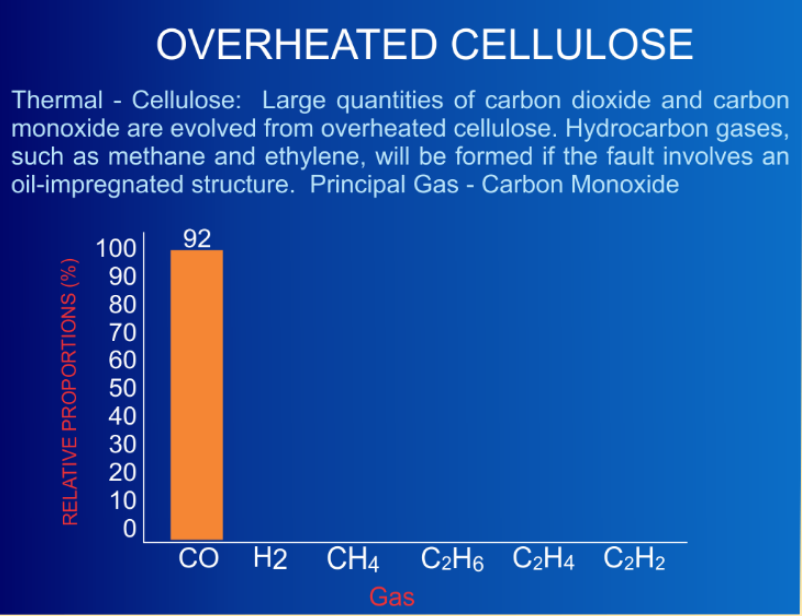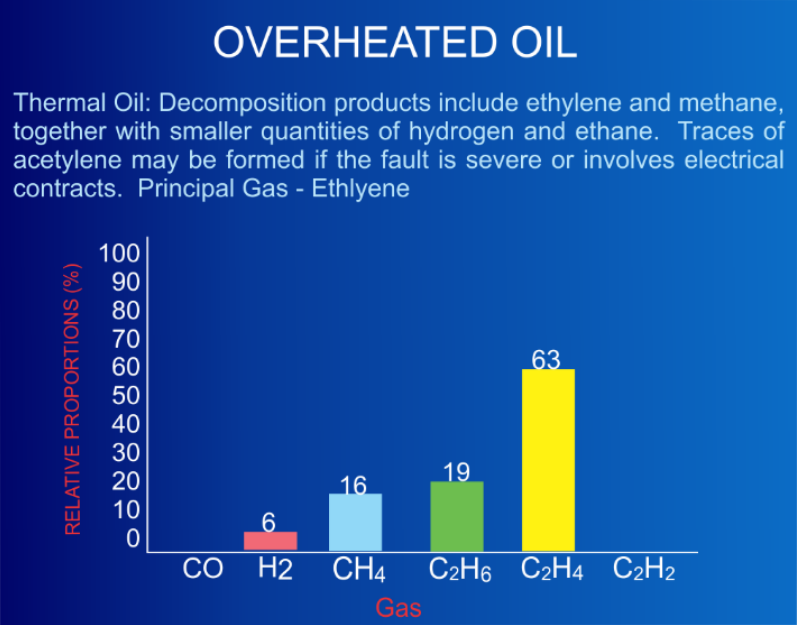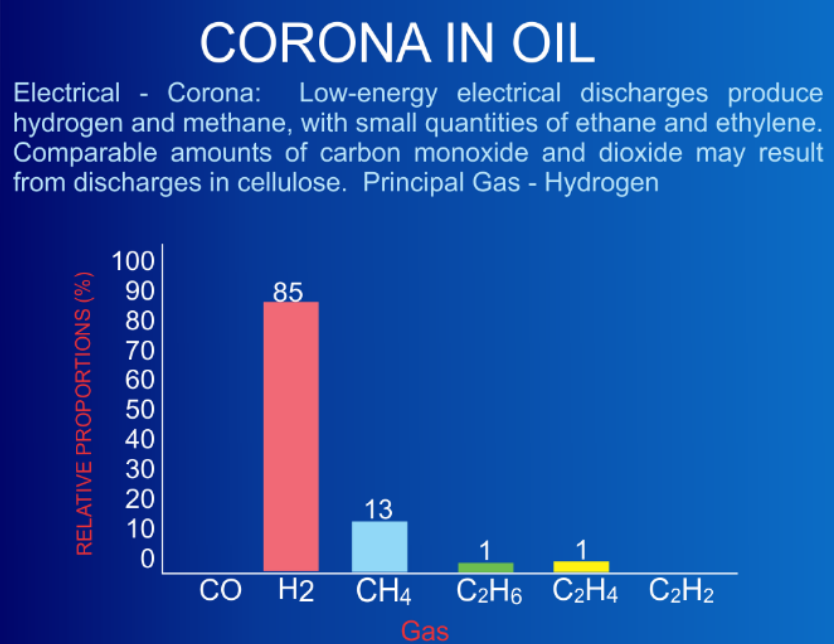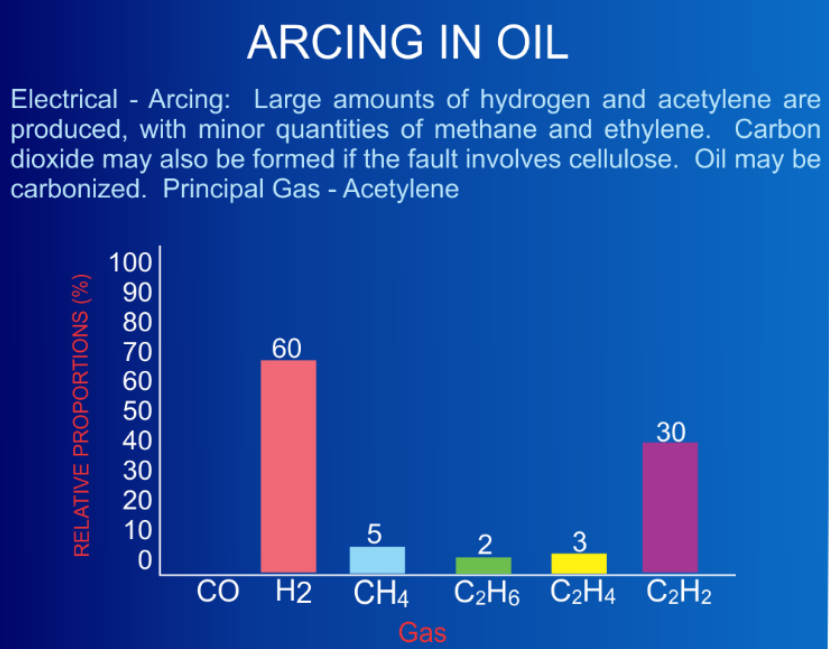Is Transformer Gassing Damage?
Is Transformer Gassing Damage?
Dissolved gas analysis has been utilized to determine the service condition of oil-filled power transformers for many years. Oil samples are collected from transformers as part of most maintenance programs. The specific types of dissolved gas in the insulating oil can be an indicator of conditions that could result in transformer failure. The presence of specific gases can indicate arcing, partial discharge, low energy sparking, severe overloading, oil circulation issues, and overheating of insulation. However, normal operation can result in the formation of gases and transformers have been known to operate with large quantities of gases throughout their expected life without failure. If a transformer sample shows that gases are present within the oil, is the transformer damaged? Is failure of the transformer imminent? What should be done to determine the service condition of the transformer?
The IEEE Guide for the Interpretation of Gases Generated in Oil-Immersed Transformers (C57.104) provides information regarding the theory of combustible gas generation in transformers, the interpretation of the gases generated and suggested procedures once the gases are detected.
This article will focus on one method known as the Key Gas Method and the question “If a transformer sample shows that gases are present within the oil, is the transformer damaged?”. Key gases are defined as gases generated in oil-filled transformers that can be used for qualitative determination of fault types, based on what gases are typical or predominant at various temperatures. There are two reasons why key gases are formed – thermal and electrical disturbances. During thermal disturbances, gases are produced from the decomposition of oil and solid insulation. During some electrical disturbances, gases are produced from low-energy discharges and partial discharge (corona), and heating is minimal. However, electrical disturbances involving arcing produces gas from severe heating of oil and insulation.
The Key Gas Method provides a basis for determining what conditions exist within the transformer. Unfortunately, alone, it is not sufficient to answer our question of whether the transformer is damaged. The IEEE Guide provides further steps to determine if a transformer is damaged or nearing failure. The Dissolved Gas Concentration Table identifies four condition levels based upon specific gas levels. In addition, the IEEE Guide provides actions to be followed based upon the condition level. The concept of gas generation rates is introduced with these suggested actions.
We are getting closer, but we are not quite to our answer. Certainly, if acetylene (C2H2) is present above the Condition 2 rate and is continuing to increase with subsequent samples, then the transformer has experienced damage. Electrical testing and internal inspection would be appropriate considerations to determine the extent of the damage. It is important to note that thermal disturbance gassing within a transformer can be heating a large quantity of materials to the minimum decomposition temperature or a small quantity of materials to a severe decomposition temperature or anything between these extremes. The inability to determine the true source of the thermal disturbance is the reason that answering the transformer damage question can be difficult.
If you define transformer damage as a condition or event that limits the expected life of a transformer, then looking at the ratio of carbon dioxide (CO2) to carbon monoxide (CO) can help in determining the extent of damage to cellulose insulation within the transformer. If hydrogen (H2), methane (CH4), and ethane (C2H6) are present above the Condition 1 levels and the ratio of quantities carbon dioxide to carbon monoxide is less than 5, then the cellulose insulation has been compromised by a thermal event(s) and transformer damage is likely.
Bottom line - Is transformer gassing damage? Well, to borrow a line from the Three Stooges – “I wouldn’t say yes but I couldn’t say no – Would you say maybe? – Perhaps”. Dissolved gas analysis is a tool. It should be remembered that it isn’t the only tool. Dissolved gas analysis is just the first, most convenient, and most inexpensive tool in determining the service condition of an oil-filled, power transformer.





About the Author
Scott S. Cramer, P.E. is a consulting engineer with our Kansas City, MO office. Mr. Cramer provides specialized consultation in the areas of electrical, control instrumentation, and telephone/data systems and equipment. These matters typically involve scope of damage evaluations and restoration cost resolution, laboratory and field testing of electrical systems power quality and infrared analysis, and fire origin and root cause investigations. You may contact Scott for your forensic engineering needs at scramer@edtkc.com or (913) 859-9580
Learn about how EDT Forensic Engineering & Consulting approaches cause of damage, and forensic engineering by assigning a file today.

